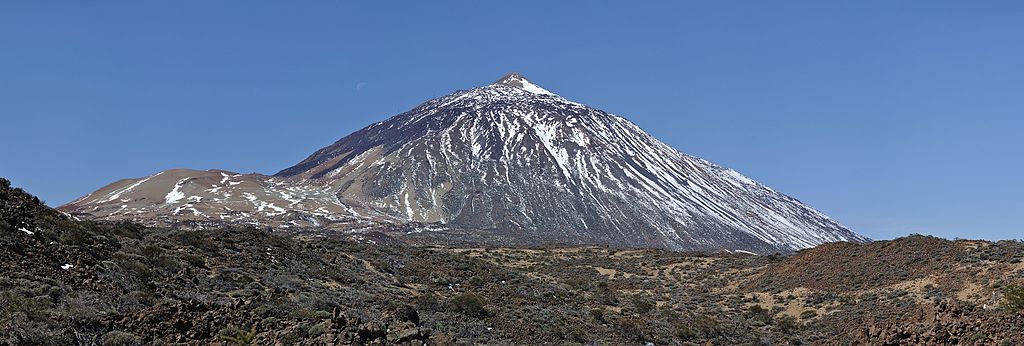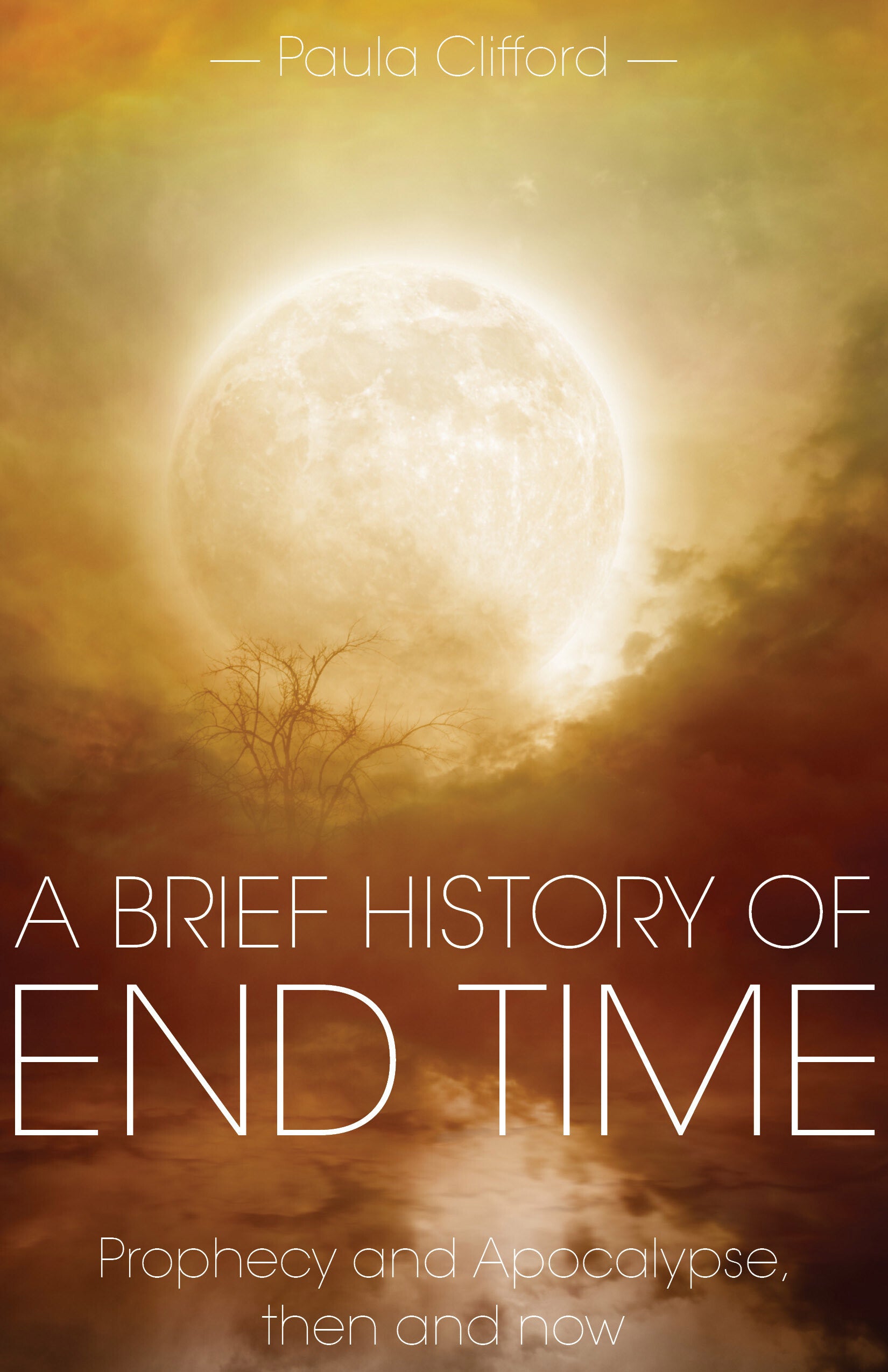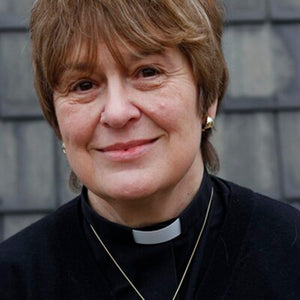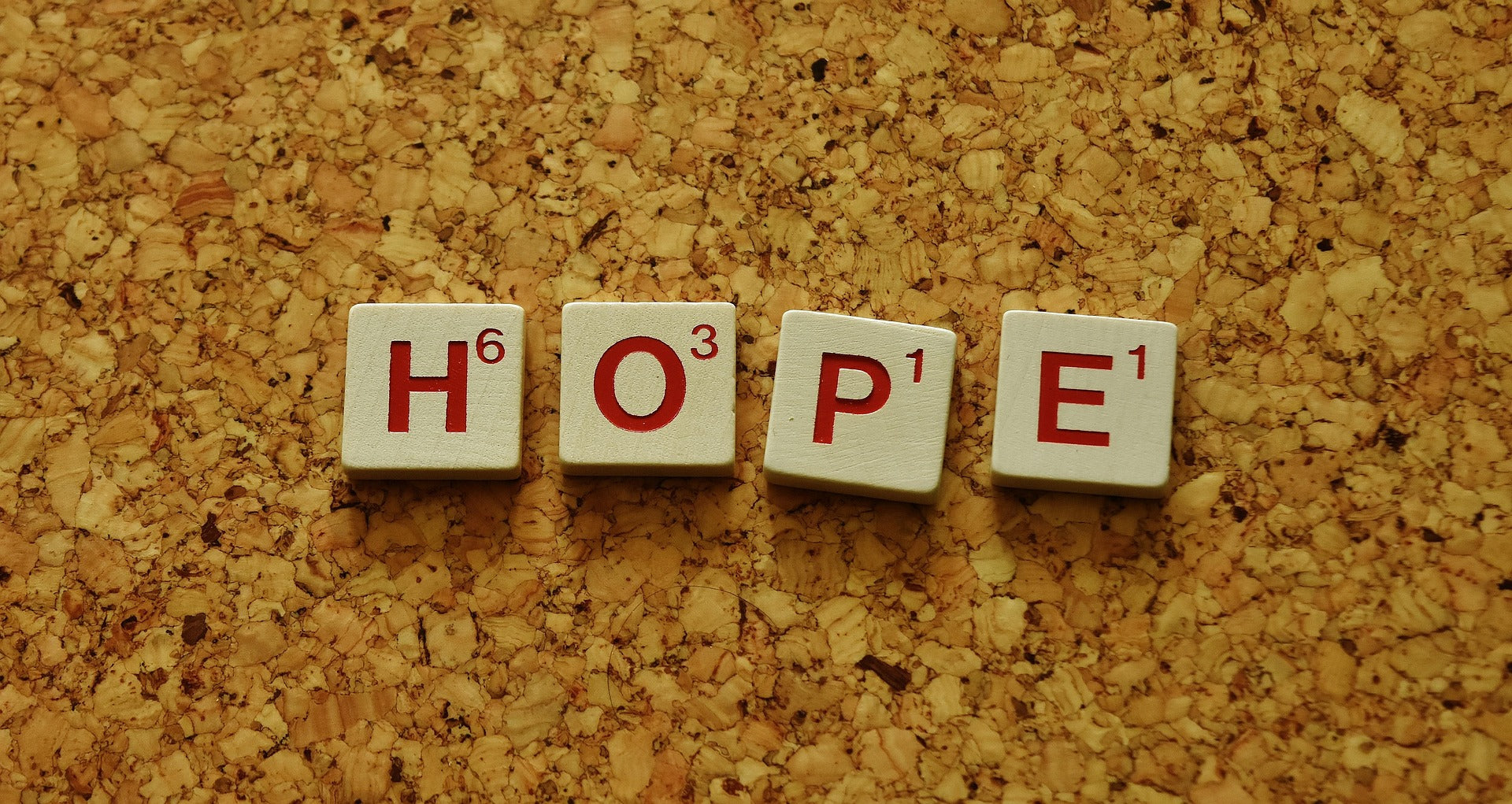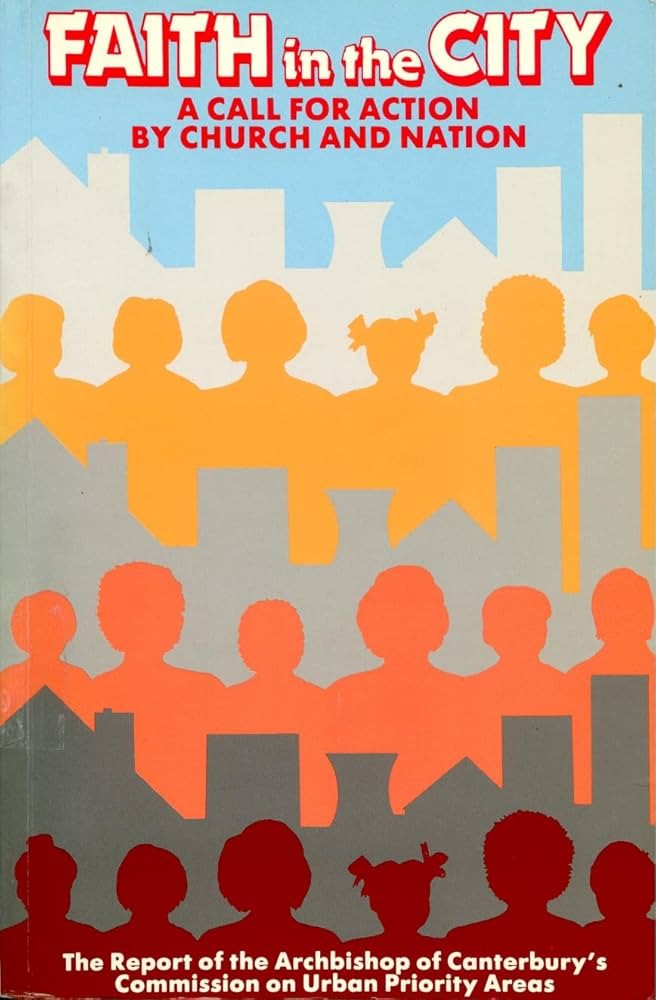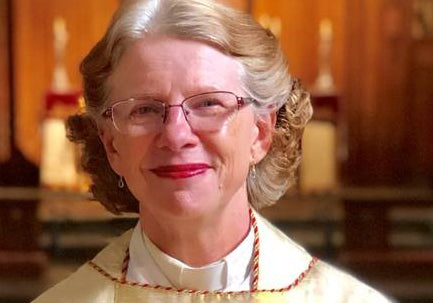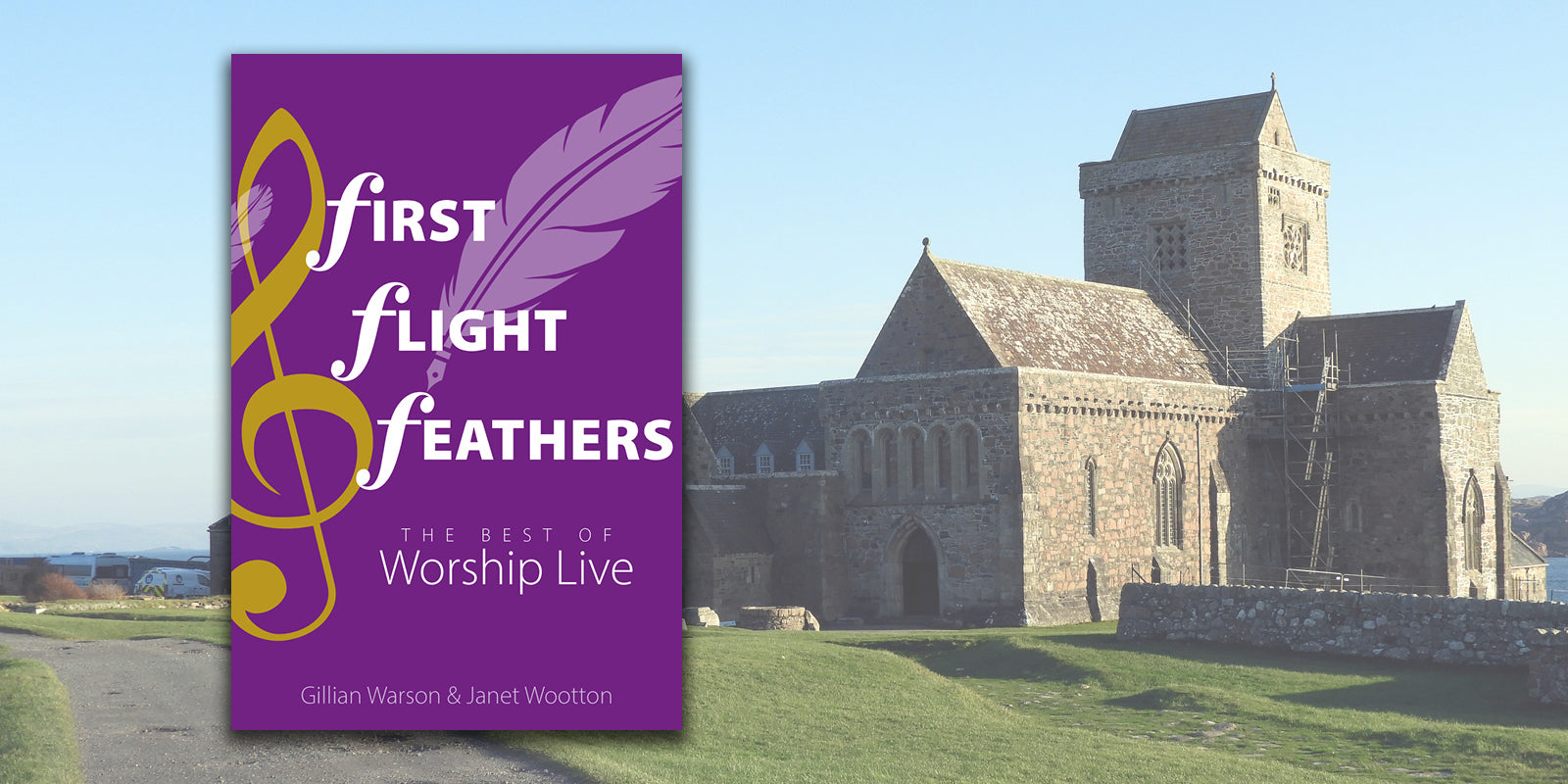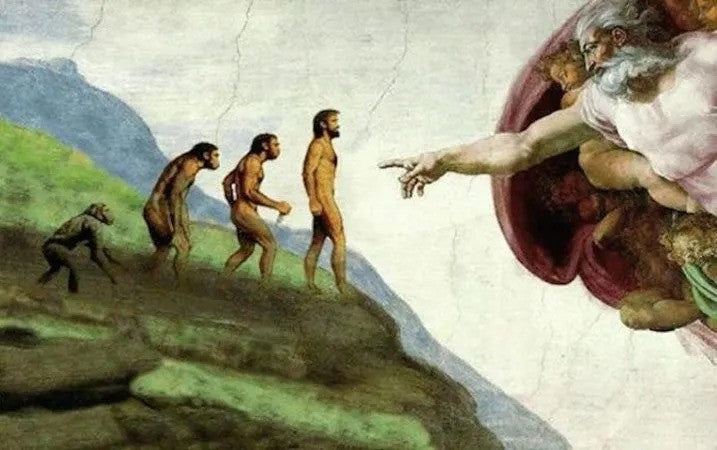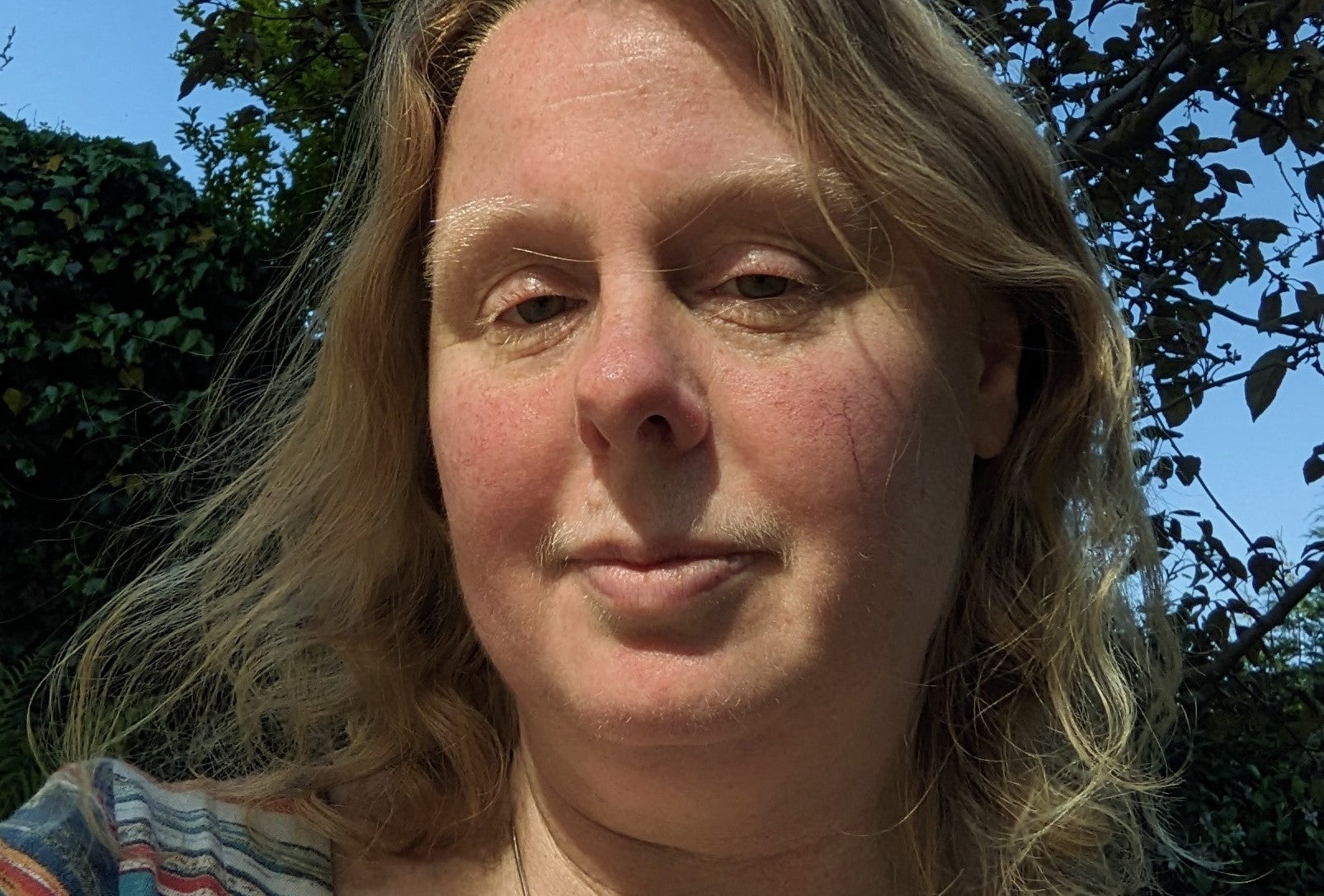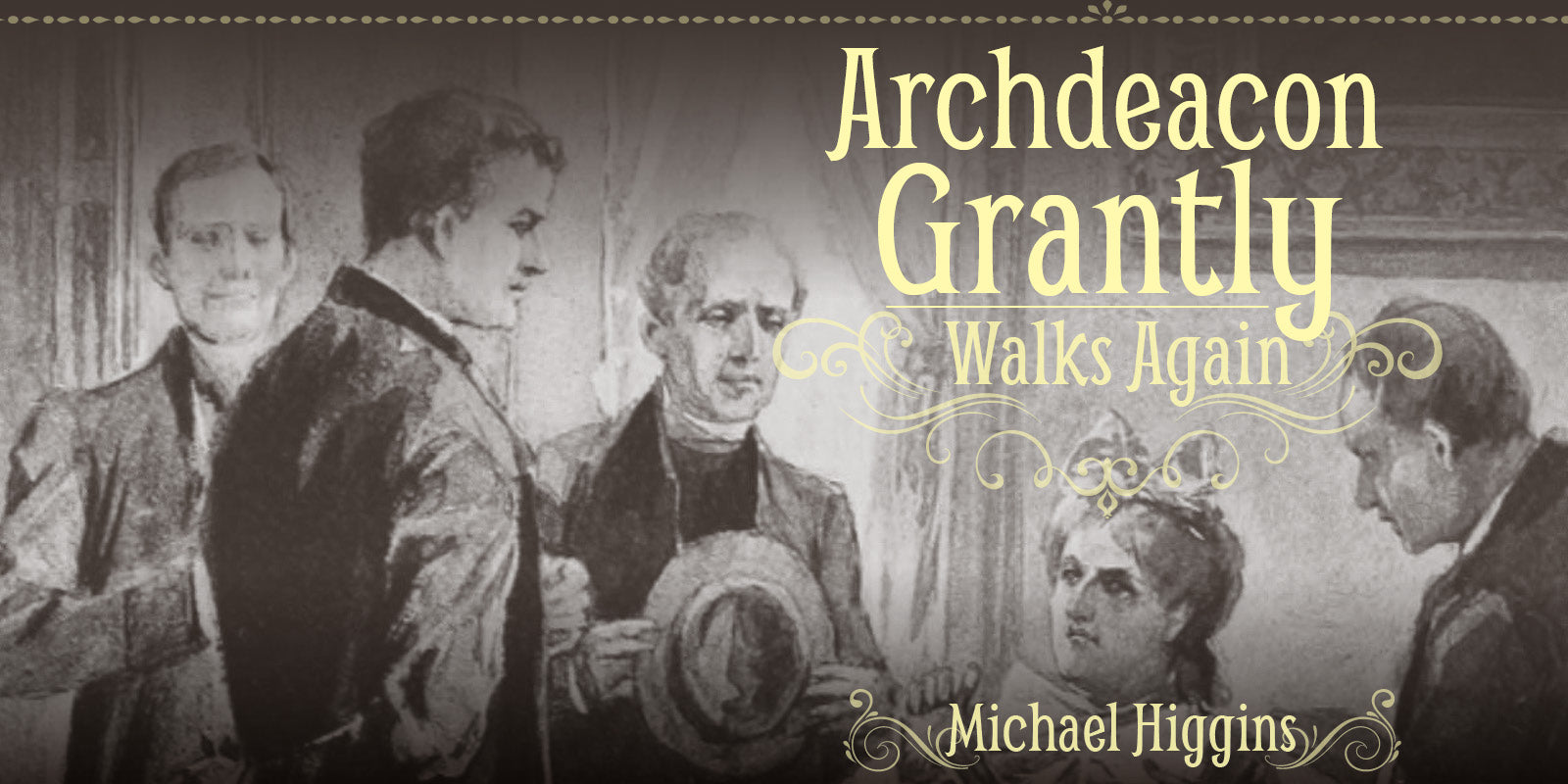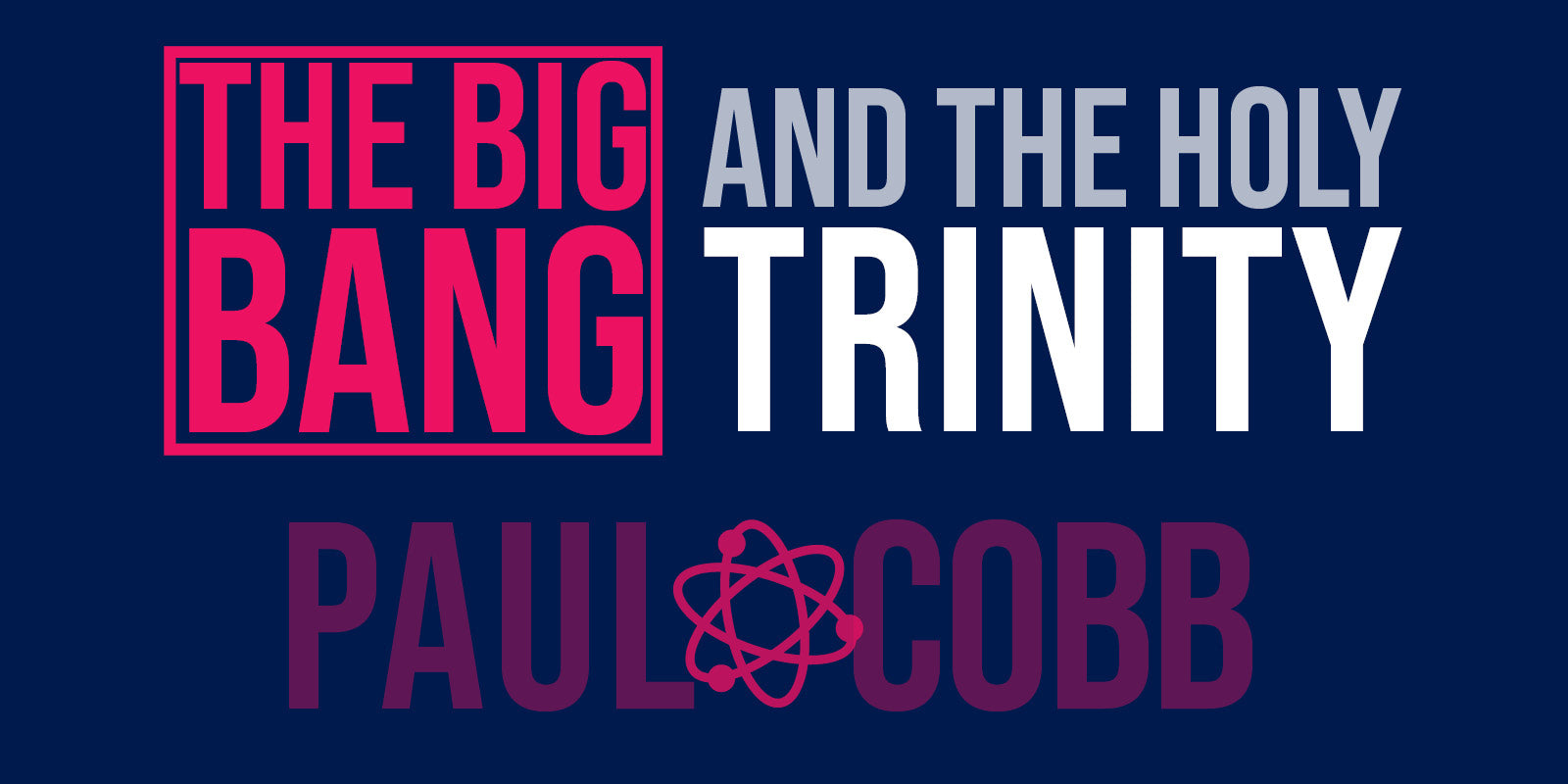
At 3718m, El Teide is the highest mountain in Spain and it’s the dormant volcano that dominates the island of Tenerife. When the skies are cloudless I can look out from my vicarage in Puerto de la Cruz and simply admire it. If I’m feeling down, its handsome bulk never fails to lift my spirits. At times like that it’s an ongoing symbol of the “strength and refuge” that for the psalmist characterised God.
But we are mindful too of El Teide’s hidden destructive power. Past volcanic eruptions destroyed the island’s former capital and filled its harbour with lava. Our beaches are made of black sand.
In mid-January there were a number of minor earth tremors and the sensationalist press speculated about how earthquakes could bring about a now-overdue eruption of our volcano. Just as for ancient prophets and soothsayers, our earth shaking (which more or less coincided with a full super blood moon) was seen by the overexcitable as a portent of terrible things to come.
And yet here the significance of such traditional signs of the end is not at all straightforward. The fertile lower slopes of El Teide are lifegiving, while the barren landscape higher up seems totally devoid of life. People refer to it as a moonscape. The volcano that is my personal source of comfort and stability also has within it the potential for chaos and misery. In fact, living so close to the volcano has changed my perspective on those well-known signs of the end that point to chaos in the whole created order.
The signs of the end in both the human and the natural world—what Pope Gregory I referred to in AD 601 as “portents in the sky, terrors from heaven, unseasonable tempests, wars, famines, pestilences and widespread earthquakes”—are suggestive of a return to primeval chaos, when, as the book of Genesis puts it, “the earth was a formless void and darkness covered the face of the deep”. So our local earth tremors and the terrible fires of volcanic eruption point us to the creation coming full circle: in its beginning is also its end.
Fire has long been seen as the final catastrophe before the end. For the poet Virgil an eruption of Mount Etna “rolling up great balls of flame and molten rocks” was a sign of the forthcoming evil of civil war, and in thirteenth-century England the writer of the Doomsday poem also saw fire as burning up the earth on “one Saturday night”. Volcanos of course are an immediate source not only of fire but of thick clouds that will turn the skies dark for days on end.
Yet the benign face of El Teide tells me a more nuanced story. The very formation of volcanos, beautifully recreated in our natural history museums, are a reminder of the immense creative power that formed our world. And a reminder too of the violent end for which our planet is destined, albeit many years hence. But “my” volcano also reveals that we live in a wonderfully fruitful in-between time. Even while it contains the seeds of its own destruction, and of ours, El Teide is a thing of great beauty. It’s a huge tourist attraction, yet within a few minutes walkers can find themselves totally alone in magnificent scenery. It’s also a playground—its steep slopes are a training ground for Olympic cyclists—while the rich flora make it a delight for botanists (we even have a Teide daisy) and the clear skies are an astronomer’s dream.
When I first wrote about signs of the end of the world, I focused on the terror felt by people of earlier times in the face of events such as plagues and pestilence, or the poorly understood darkening of heavenly bodies. The early and medieval church approved of terror, because it drove its wayward flock to repentance: to consider, as Gregory put it, “the welfare of our souls”.
But the view from my window has a different message altogether. Living close to a volcano you see not only the beginning and the end of things. There is also before us all the wonder of what comes in between, which is surely just as good for our souls as any message of doom, and probably better.
The Revd Dr Paula Clifford is Interim Chaplain of the Anglican Church of All Saints, Puerto de la Cruz, and author of A Brief History of End Time: Prophecy and Apocalypse then and now. This thoroughly entertaining exploration of end-time ideas and beliefs is our February #BookOfTheMonth—get your copy today.
